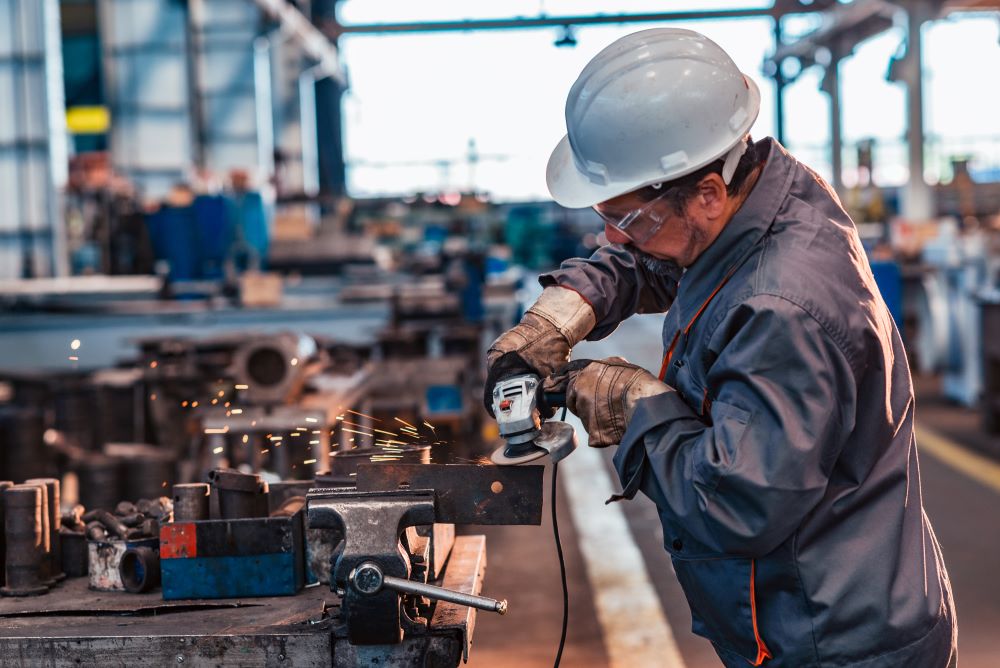
The downturn in UK manufacturing continued during May, an authoritative survey has shown, though the pace of decline has slowed.
With public lockdowns, company shutdowns and social distancing measures in force, April had been the worst month ever recorded by the closely-watched IHS Markit/CIPS Purchasing Managers’ Index.
This is a monthly survey, considered a barometer of the UK economy, conducted by IHS Markit and the Chartered Institute of Procurement & Supply (CIPS).
Output, new orders and employment contracted at some of the fastest rates during the survey's 28-year history.
Healthcare and PPE growth
In May, the IHS Markit/CIPS Purchasing Managers’ Index showed continued decline in manufacturing output, new orders and employment.
However, that drop was less sharp than in April and was helped by growth in healthcare and PPE manufacturing.
The index rose to 40.7 in May, which was still the seventh-lowest ever score in the survey’s history, up from 32.6 in April.
Lead times lengthen
As some factories began reopening, manufacturers told IHS Market’s researchers that social distancing measures mean lead times for orders have increased.
Vendor lead times lengthened to the second-greatest extent in the survey history, following a record increase in April.
Sentiment rise
The ongoing pandemic and uncertainty about the path ahead continued to weigh on business sentiment in May.
Although rising to a three-month high, confidence remained downbeat by the historical standards of the survey.
Companies still expect to see output rise during the next 12 months, however, forecasting that market conditions would recover some lost ground as lockdowns ease and clients reopen.
Rob Dobson, director at IHS Markit, said that “the glass half-full perspective is one where the rate of contraction has eased considerably since April, meaning – in the absence of a resurgence of infections – the worst of the production downturn may be behind us”.
Employment fall
Manufacturing employment fell for the fourth successive month in May, as the economic consequences of the COVID-19 pandemic led companies to reduce staff headcounts.
Although easing since April, the rate of decline was still the second-sharpest on record.
Dobson said that “changes to working practices, uncertainty about how long the COVID-19 restrictions may be in place for, weak demand and Brexit worries all suggest the UK is set for a drawn-out economic recovery. This will make the “new normal” one of the toughest recovery environments many manufacturers will ever have to face.”
Uncertainty the watchword
Duncan Brock, group director at CIPS, said that even with the slight uplift in May’s sentiment as firms began to recover, optimism remained depressed.
“Worries over safety for returning staff and repairs to broken supply chains will be uppermost in business minds, and are obstacles to be overcome before real recovery can begin. Uncertainty remains the watchword for the months ahead.”



